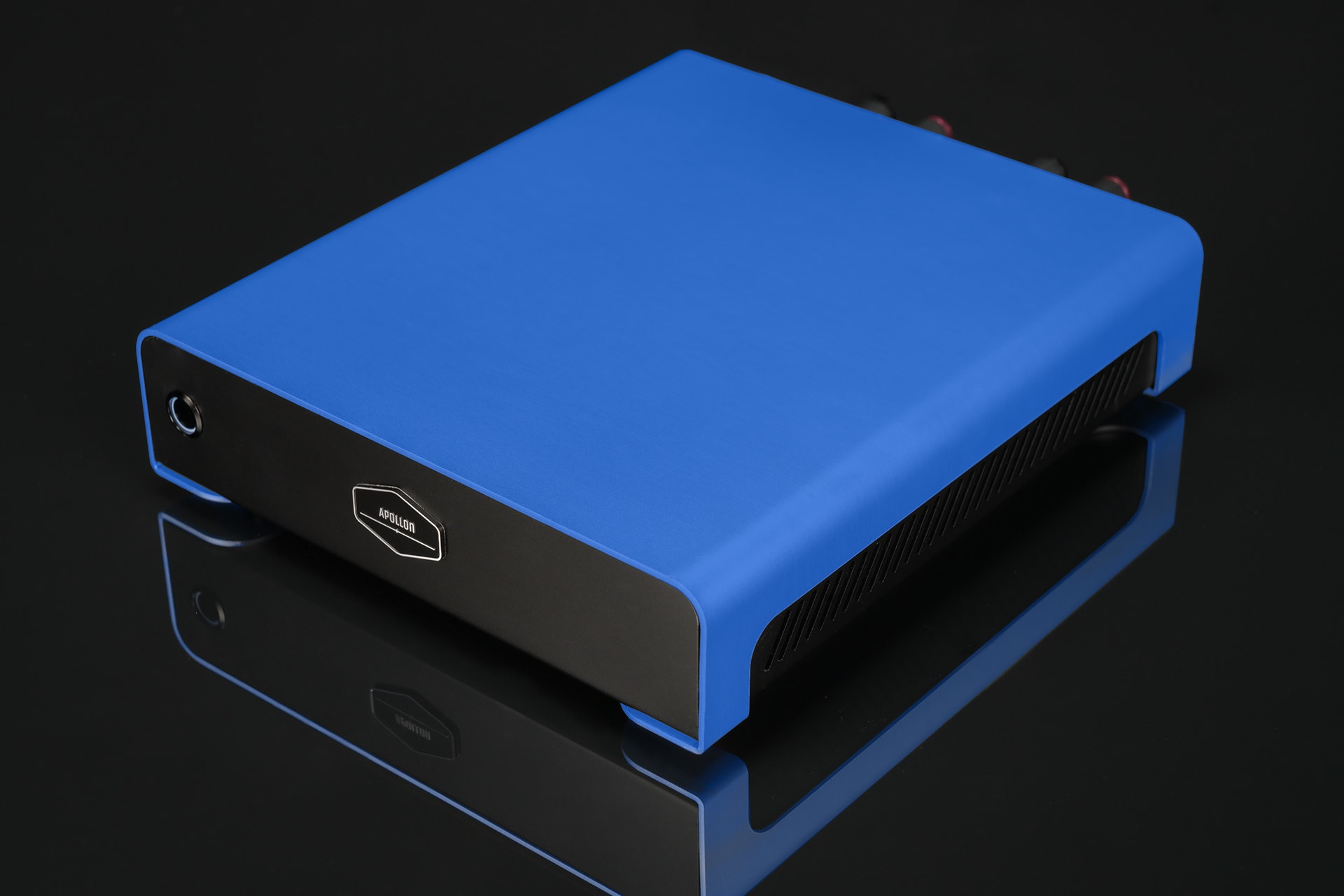Two levels gain setting (boXem stage II buffer only)
A switch on the rear of the amplifier allows you to set two different levels of gain. Depending on the output capability of your source (pre-amplifier, processor or DAC with volume control) the system gain structure can be optimized for two main targets.
The first is to have the lowest noise, the second the smoothest volume setting as possible.
While the noise levels of modern audio gear has become so low that noise optimization for home audio is often purely academic, having a smooth volume control is something we find so enjoyable that it was our main motivation for integrating the gain control switch.
Can you explain this more? I don't understand what I would be getting and what the dependency is to the output level of the source.
I would be using one with a Denon x8500h AVR if that helps
Edit: I do see 2.6v input sensitivity and 26.5 dB gain. So I think that is standard and is all I would ever need for my AVR.
The basic function of a power amplifier is gain, i.e. output voltage = input voltage x gain.
By changing the gain, one can adapt the amplifier in order to obtain the maximum output voltage (as a consequence the maximum power) according to the capabilities of the upstream component.
As you saw, the standard setting by Hypex is 2.6 V sensitivity and 26.5 dB gain. This means that the amplifier needs 2.6 V at it's input to deliver it's max power into 8 Ohm. 26.5 dB gain means a multiplication factor of 21.13 between the input and the output. Vout = Vin x 21.13.
If you take the x8500h pre out, it is able to deliver a maximum voltage of 2 V. When using the standard gain setting, 2 x 21.13 = 42.27 V RMS.
P = V x V / load = 42.27 x 42.27 / 8 = 223 W. Which is plenty of power, but not the max power that the amp can deliver.
People who would like to be able to reach the max power with a pre delivering 2 V can choose the optional buffer that offers a gain of 28.8 dB.

apollonaudio.com
